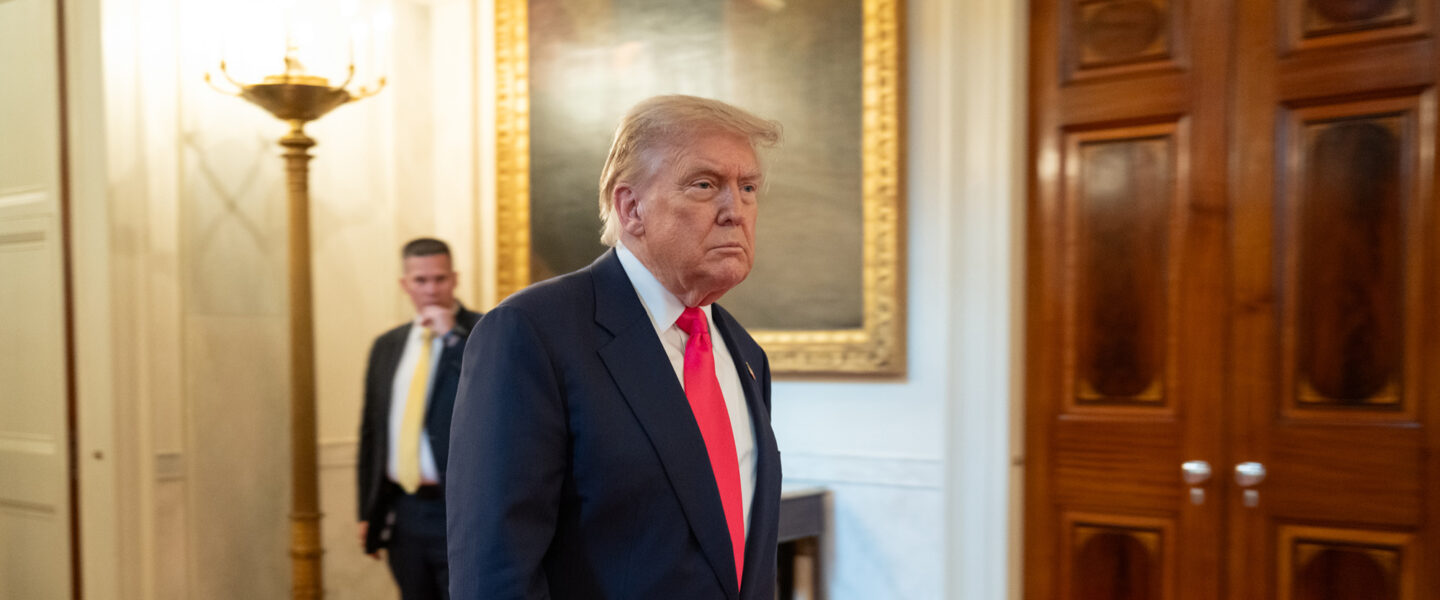The Trump tariffs are finally here. While the president is celebrating, regular Americans should be prepared to start paying a lot more for the things they need.
|
Listen To This Story
|
Happy “Everything Will Get More Expensive Day” to all who celebrate… which primarily means Donald Trump, other people who don’t understand how tariffs work, and businesses that don’t want to make profits.
As for everybody else, we’re sorry that the president of the United States wants you to pay more for everything from your morning coffee to fancy European cars.
After months of threatening most of the world’s countries (as well as an uninhabited island) with tariffs, then backing off, posturing, negotiating, more threats, a handful of trade deals, and letters dictating terms to smaller economies, the day Trump has been itching for is finally here.
“IT’S MIDNIGHT!!! BILLIONS OF DOLLARS IN TARIFFS ARE NOW FLOWING INTO THE UNITED STATES OF AMERICA!” a giddy president wrote on his social media site.
The reality is quite a bit different. Yes, the US is collecting tariff revenue at a much higher level than before, but it is not “flowing into” the country because the cost is initially borne by US businesses and will ultimately be passed on to consumers.
That, in turn, is expected to shrink the economy, which means less tax revenue.
At least that’s what the experts predict.
The Budget Lab at Yale estimates that the average American household will pay an extra $2,400 this year for Trump’s tariff boondoggle, and that it will shave 0.5 percent off the growth of the country’s gross domestic product (GDP).
And, of course, the US’s global standing is being severely damaged by this unnecessary trade war. Nobody likes a bully, and there is no bigger bully on the world stage than Trump right now.
The US president is using the tariffs as a cudgel to beat other countries into submission. That might work in the short run. However, over time, these countries, including US allies, will look for ways to work together more closely and do less business with the United States.
Finally, Trump believes that these punitive tariffs will force companies to manufacture their goods in the United States. However, even if that worked, this would only apply to things that can be produced in the US.
But there are lots of things that cannot be made domestically and have to be imported. Coffee from Brazil, which is subject to a punitive 50 percent tariff because Trump (for obvious reasons) doesn’t like it when right-wing strongmen face consequences for staging coups, is a great example.
But there are many more. Some products, like certain clothing items, are so cheap because they are made in developing countries by workers earning pennies.
It would be impossible to produce these items in the US and still sell them for as little.
Then there is the domestic auto industry.
Even cars made in the US often rely on parts manufactured elsewhere, and these parts are now subject to tariffs. Therefore, the production costs for American carmakers will surge.
At least that’s what the experts are saying.
Then again, maybe the dude who bankrupted multiple casinos and whose policies have already stymied growth and hiring in the US during his first six months in office knows best and these tariffs really will lead to a new golden age.
We are about to find out.




